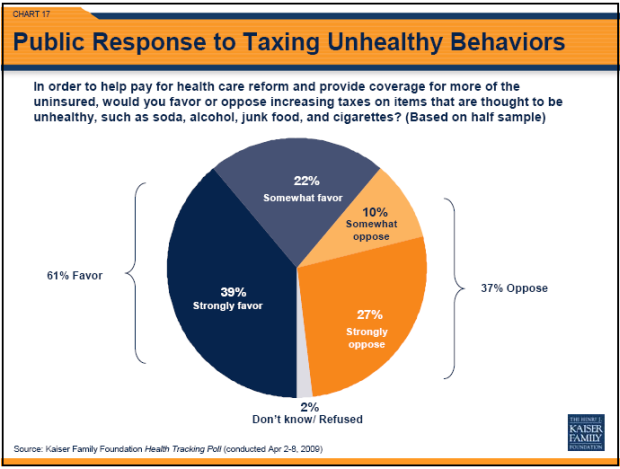This post explains how to get reimbursed by Medicare directly, and is applicable to people who have Part B coverage. I have included the exact forms and letters that I used to get reimbursed by Medicare directly; you simply need to fill in the blanks. These forms can also be used if patients see their provider “virtually” (i.e. by phone or video conference).
The problem
I have a family member that gets reimbursed directly by Medicare for out-of-pocket costs that she pays herself. Several unusual criteria apply to our case… This family member:
- Has a health care provider that does not accept Medicare
- Lives in a rural, health professional shortage area (HPSA)
- “Sees” her provider virtually. Medicare refers to these types of visits as telehealth, and they are reimbursed at the same rate as normal, in-person visits; there are no special telehealth billing codes. To be eligible for telehealth reimbursement, you must meet certain criteria.
- Uses me as her Social Security Payee, which makes her my legal dependent. (I have to do everything on her behalf.)
Despite all of these special circumstances, we’re able to get reimbursed by Medicare directly, which is $3-4,000 a year. We had to appeal twice on our first attempt at getting reimbursed. The language and documents I have distilled below reflect this. It helps to very, very clear about why your request is valid.
Appeal letter: Word version | Google document
Need an example of an appeal letter? Post in the comments below, and I’ll clean mine up.
Supporting documentation
- Fill out a “Patient request for medical payment” form
- A signed, dated letter from your provider that states that they refuse to submit claims to Medicare, and that they are not (and don’t wish to become) a Medicare provider (Microsoft Word | Google Doc)
- A copy of an itemized bill for services rendered in the last however many months. This bill should contain the date of service, cost, and the service rendered. Once you’ve got the reimbursement process down, you should submit a reimbursement request every 3 months or so. (Microsoft Excel | Google Spreadsheet)
- A request to be reimbursed that references the pieces of documentation above. (Microsoft Word | Google Doc)
- For telehealth reimbursement only: A letter stating that there are no suitable providers in a 500 mile radius of the patient’s address, or that the patient is in an HPSA-designated region. I included this information in the reimbursement request itself (#3). By the way: telehealth visits are generally only applicable to mental health services.
You do NOT need to include diagnostic information.
Ways you may need to change the included sample letters
- Change the billing codes so they’re relevant for your case.
- Change the provider’s name and credential information.
- Look for stuff in the letters that looks
<Like this>, and replace it with information relevant to your case. - If you are doing this for yourself or for someone who is not a dependent: Each of the sample letters is written by me on behalf of a legal dependent. If this doesn’t apply to you, modify each document so it’s written from the perspective of the patient themselves: use “I”, “me”, etc., and have them sign it.
- If you are not trying for telehealth reimbursement, remove the sections that talk about being in a health professional shortage area and/or telehealth references.
- Make sure the Conclusions section in the request letter is relevant. For example: my version includes comments about telehealth; yours may not, so delete them. Make sure they make sense for you.
Send the paperwork certified mail
You won’t be sending your 3-4 pieces of documentation to Medicare. You’re going to be sending them to a Medicare Carrier, which varies by state. Find yours here.
We did not send our first appeal certified mail, and it got lost. This cost us three months. Save yourself the time and aggravation, and send your documentation certified mail.
Be prepared to wait
It took me over a year to finally get reimbursed by Medicare. It took three incomplete attempts, and two appeals before I won my case. You may not succeed the first time… but keep at it. If you can push through the bureaucratic apathy, you will probably succeed.
Good luck! Ask any questions in the comments below, and I’ll do my best to answer them. Getting Medicare to reimburse you for covered expenses is NOT easy.
Update 2014-09-06: The second round of reimbursements went off without a hitch. No appeals, no additional documentation. Just a large check a little over a month after the reimbursement request was filed!

